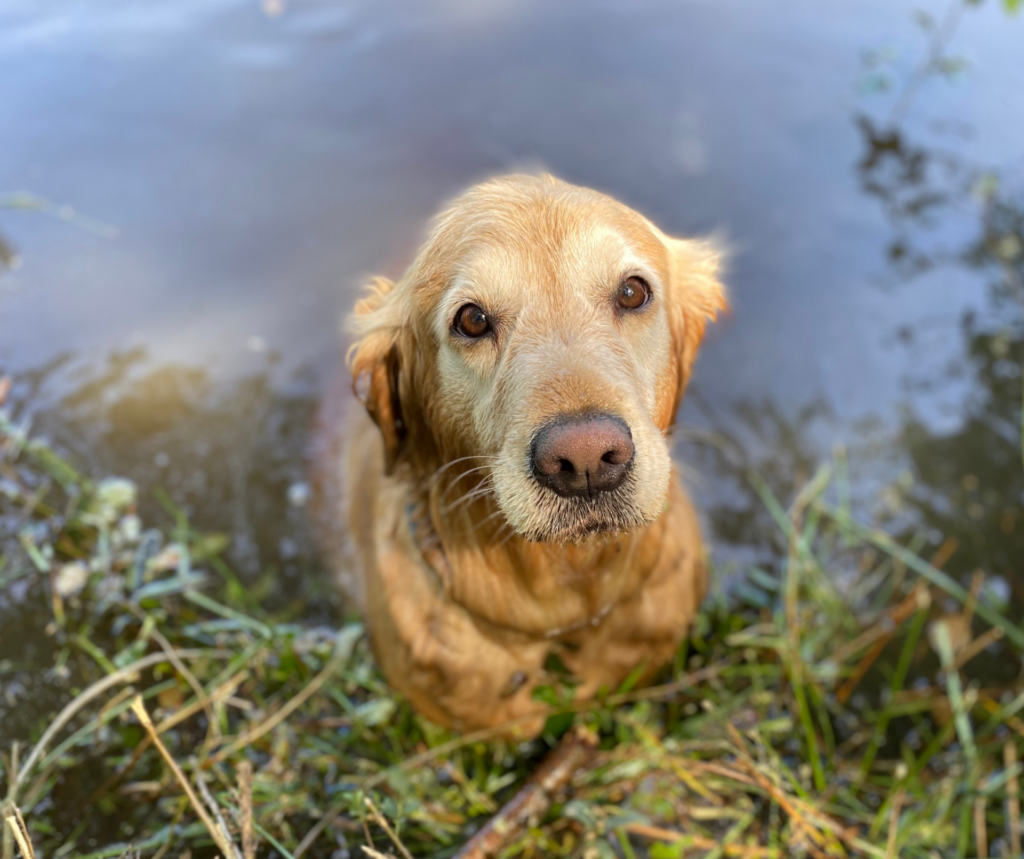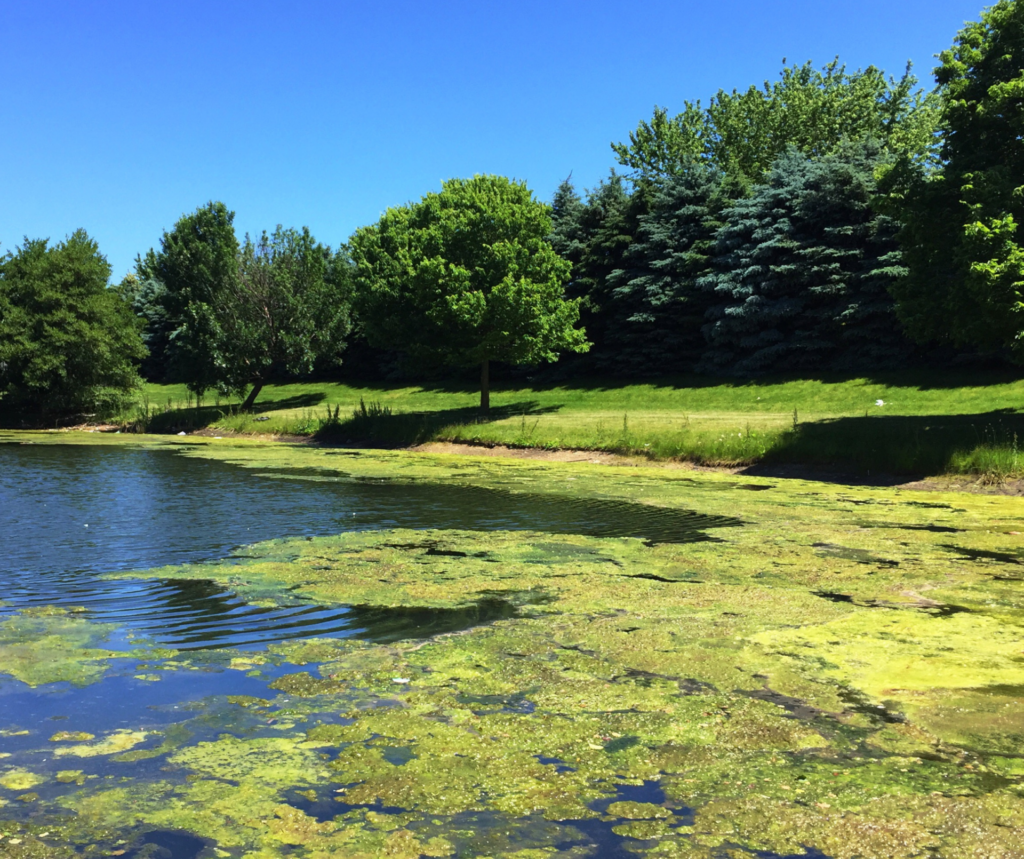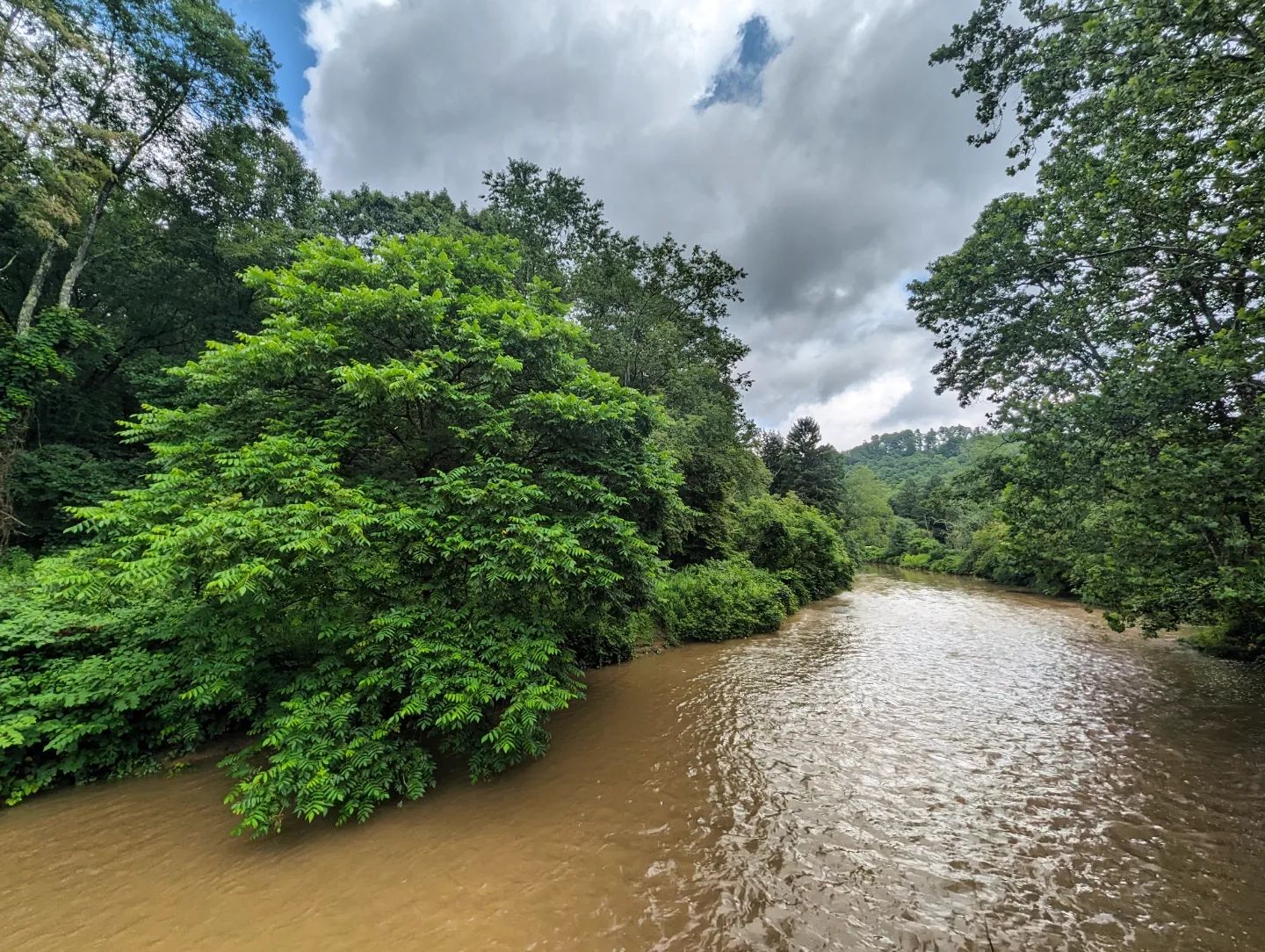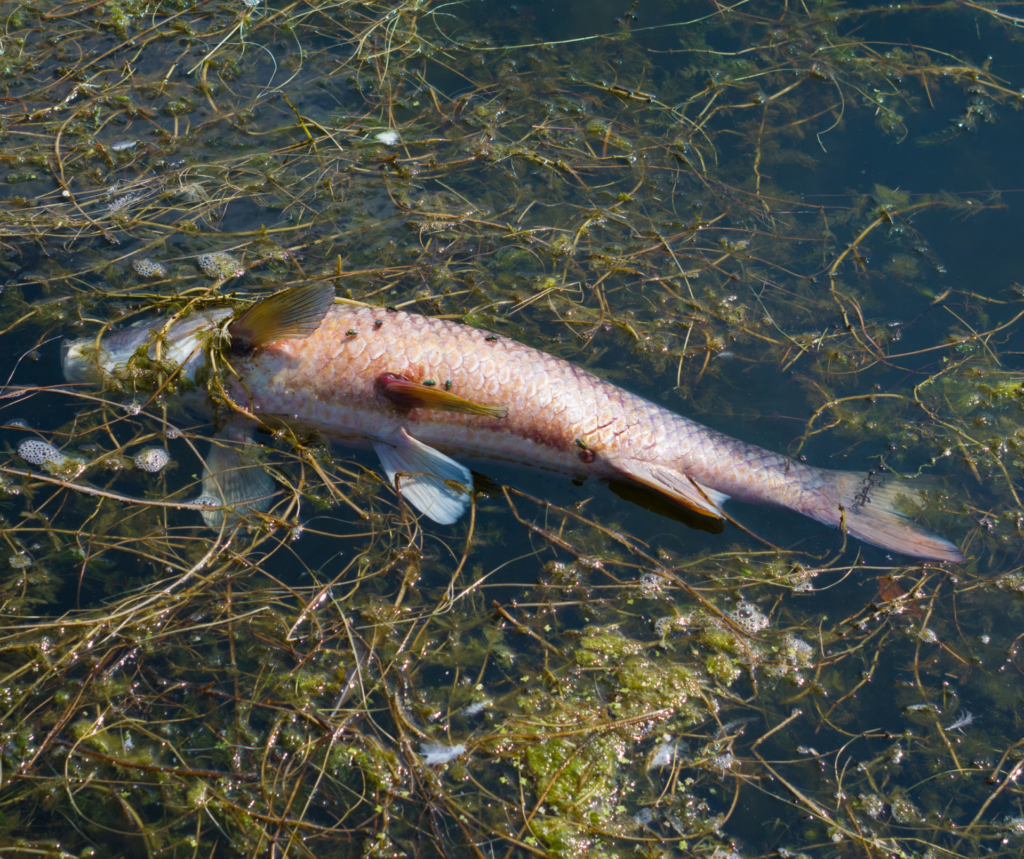The summer season allows us to experience beautiful events like blooming native flowers or feeling the warm sun on our faces as we go for a swim, but sometimes we see things in the water that aren’t so pretty.

As we near the end of August and the start of school season, here are a few things you might have noticed in the water:

- Harmful Algal Blooms (HABs)
As water temperatures rise from June to August, algae, specifically Cyanobacteria, tends to grow in slow moving water such as lakes and ponds. This type of algae can be harmful to both humans, pets and wildlife as it produces toxins within the water.
The algal blooms can be various colors such as blue, red, brown and sometimes resembles paint floating on water. They can also have a rotting odor as the blooms die off.
Blooms occur during warm and sunny conditions and can also be brought on by human influence such as nearby fertilizers and sewage which may be entering a water body (Source)
An HAB can technically only be identified through a water quality test. If you suspect an area of having an HAB, please avoid the area and contact a local organization a part of your state’s HABs Task Force such as the PA Fish and Boat Commission to report an issue. (Source)

- Bacteria
Pennsylvania’s swim season is from May 1st to September 30th. During swim season, the community can swim in local public waters. Before you go out for a swim though, take a look at the color of the water. If it’s brown, turn around!
A brown, cloudy color in the stream can indicate that there was a recent storm that may have washed bacteria into your favorite swimming hole or that there is a nearby source of pollution.
Accidentally ingesting water containing bacteria, specifically E.coli, can cause waterborne illness in both humans and pets. In waters with high levels of E. coli in the water, 35 out of 1,000 people will suffer some kind of waterborne bacteria-related sickness like stomach cramps.
You can check MWA’s website for the week’s most recent swimmable waters results at popular undesignated swimming holes. Bacteria levels can change daily though, so use your best judgement when choosing a place to swim!

- Fish Kills
During the summer, the water level in local streams tends to decrease. Lower water levels are caused by warmer temperatures and decreased rain events. Depending on how severely the water level falls, this can affect fish populations.
Recently there have been multiple reports of large numbers of dead fish in the Youghiogheny River. The Fish and Boat Commission stated that the hundreds of fish in one instance died from breeding stress and low water conditions. If you suspect a fish kill is happening near you, please contact the Fish and Boat Commission contact for your area.
If you’re concerned about water quality in the Youghiogheny watershed, follow our social media for real-time updates throughout the seasons!

